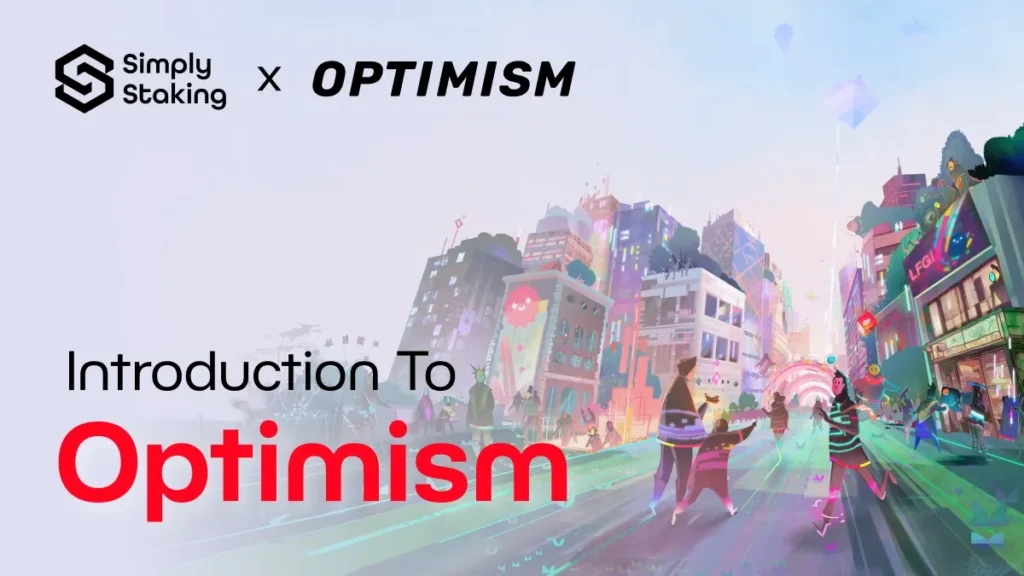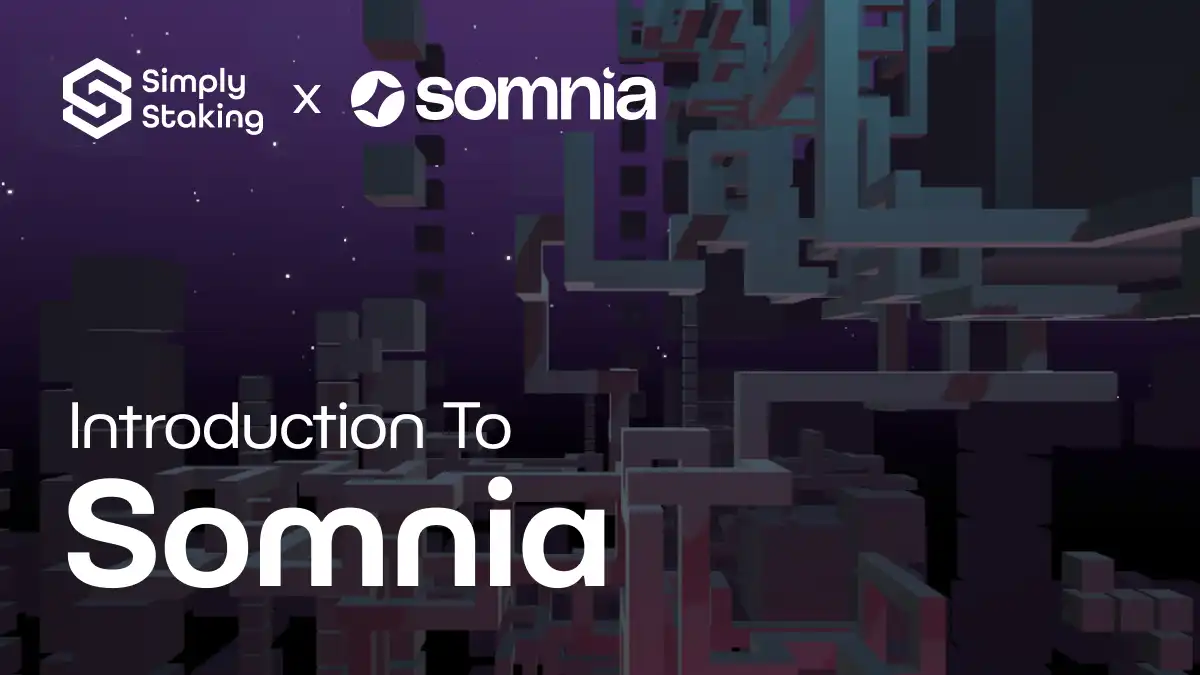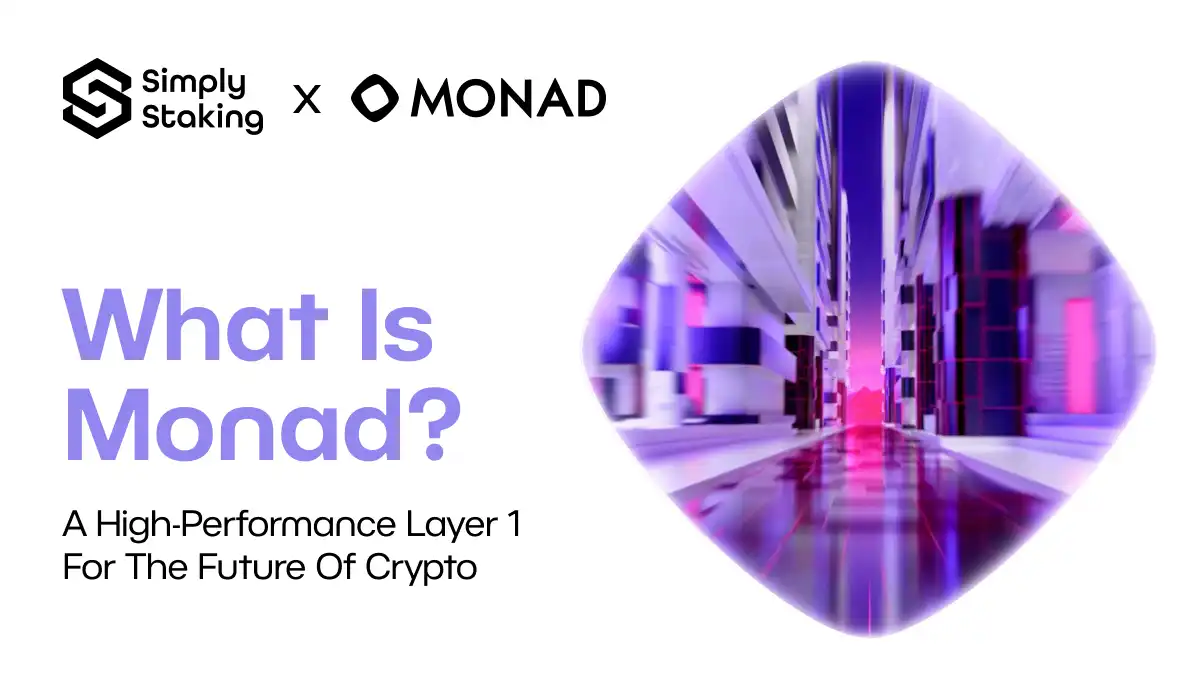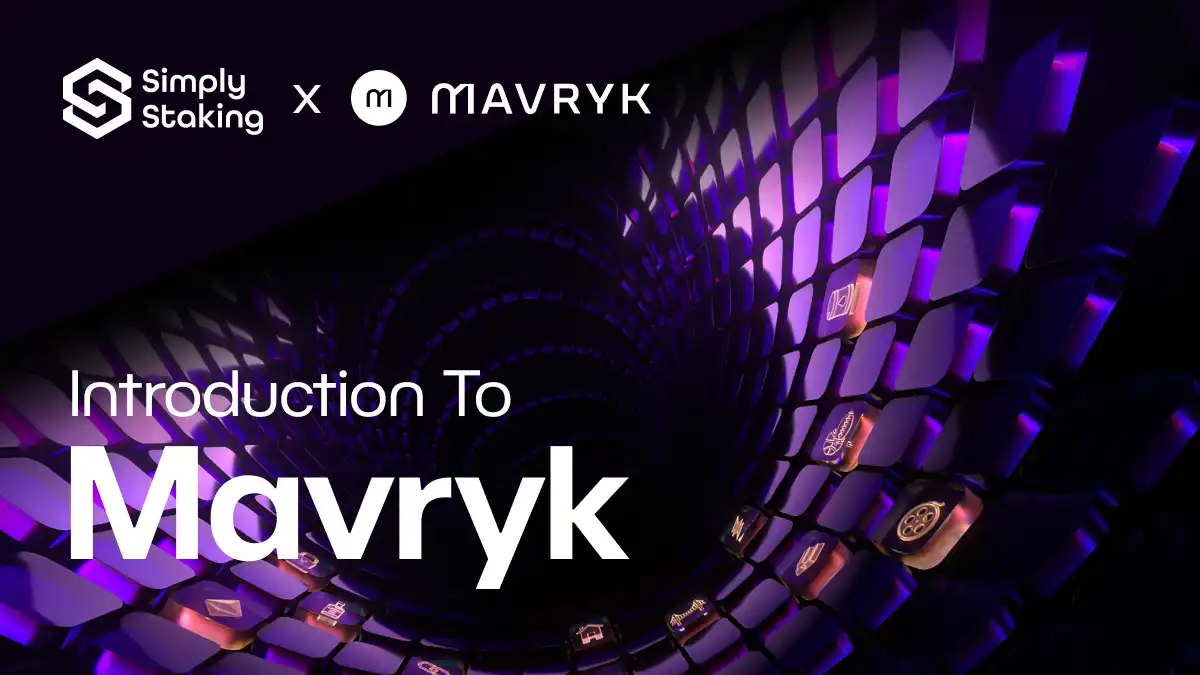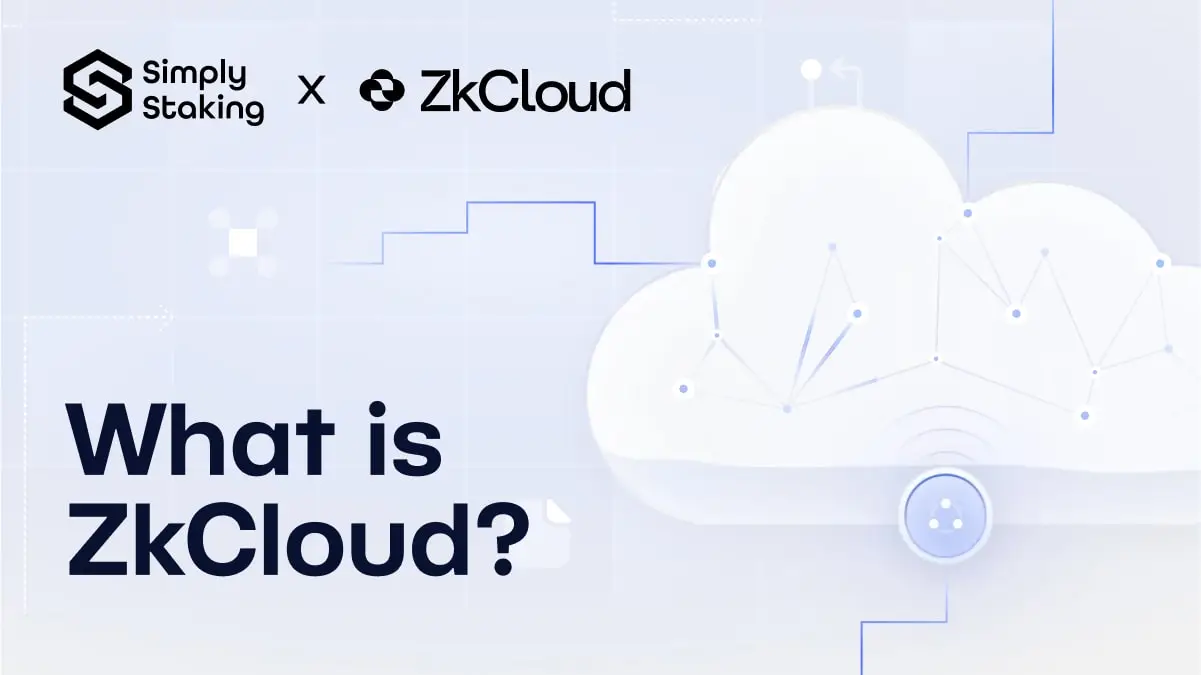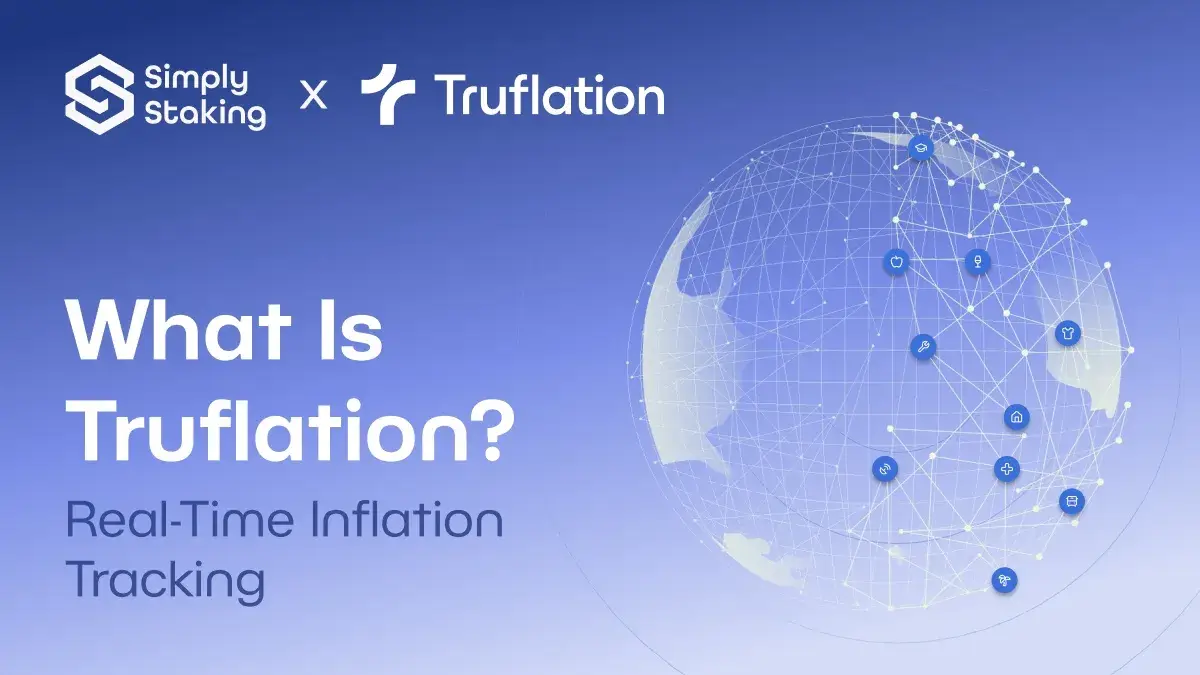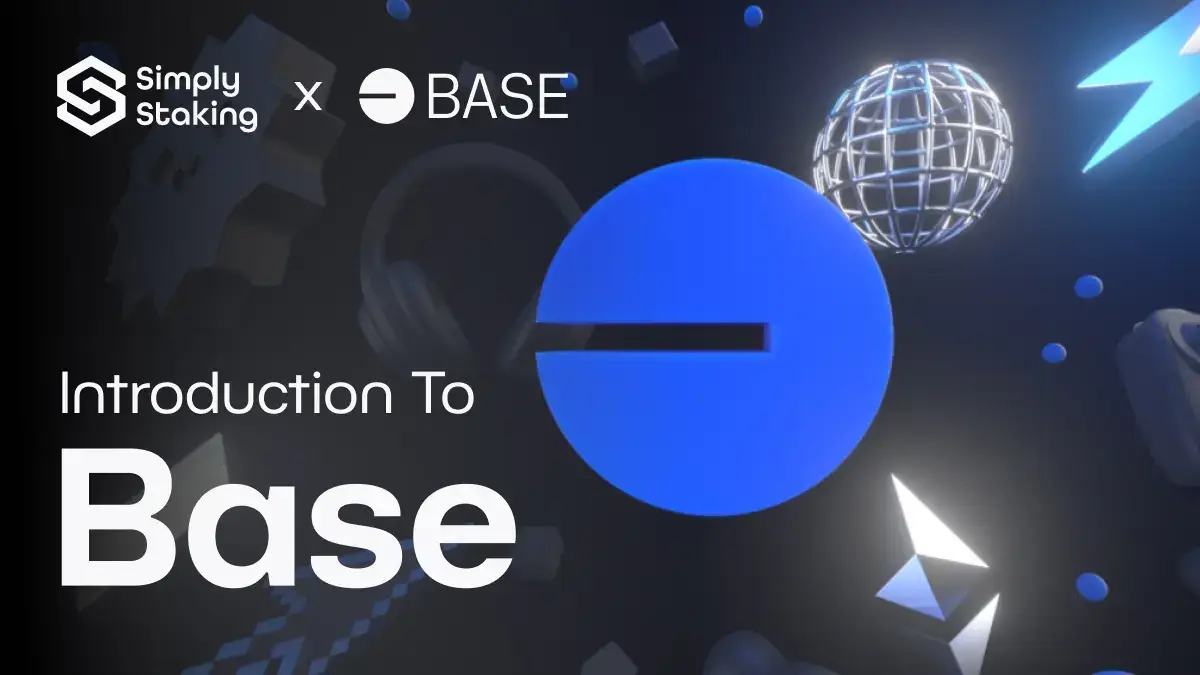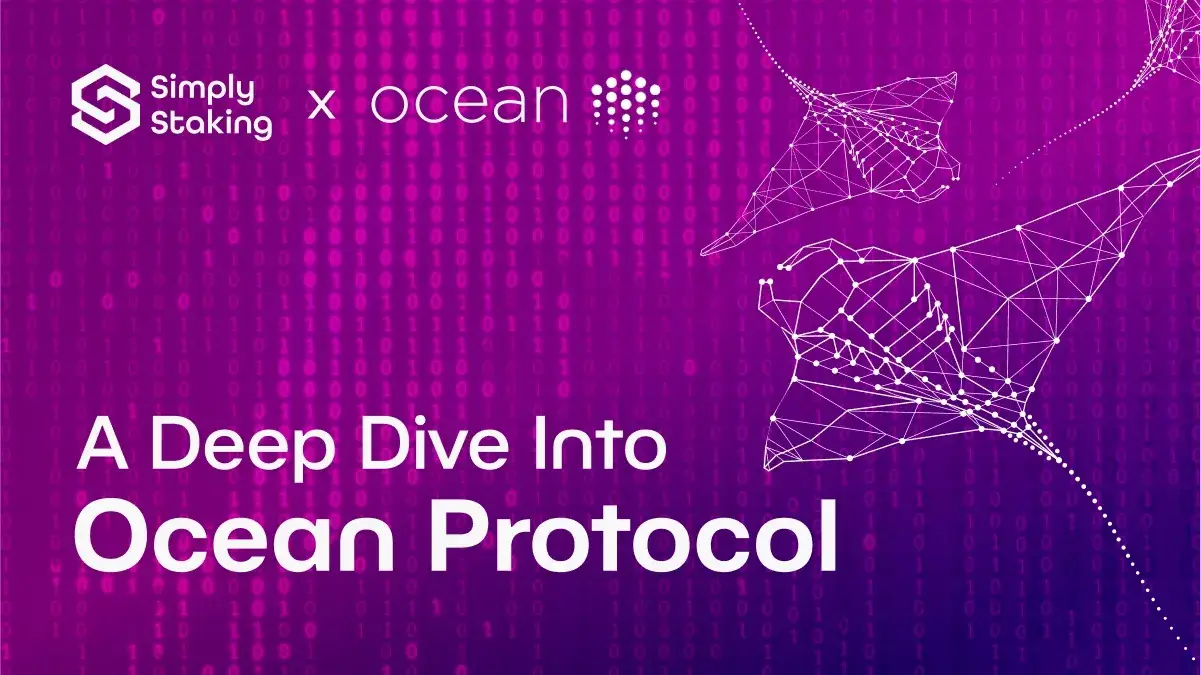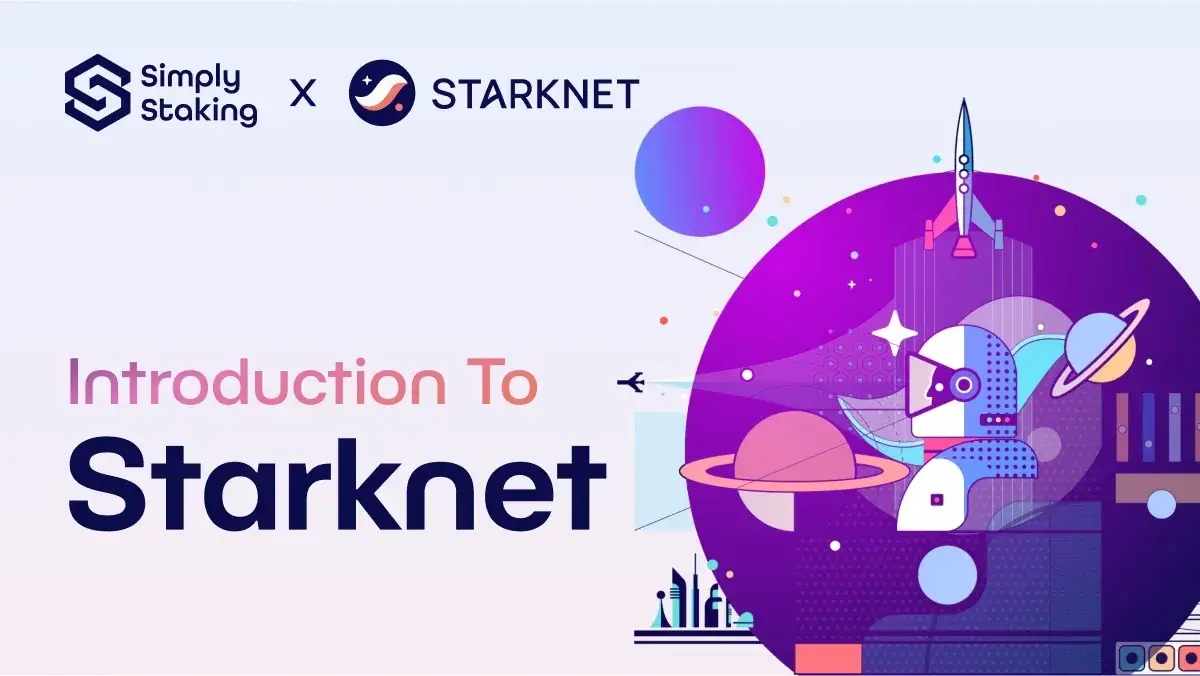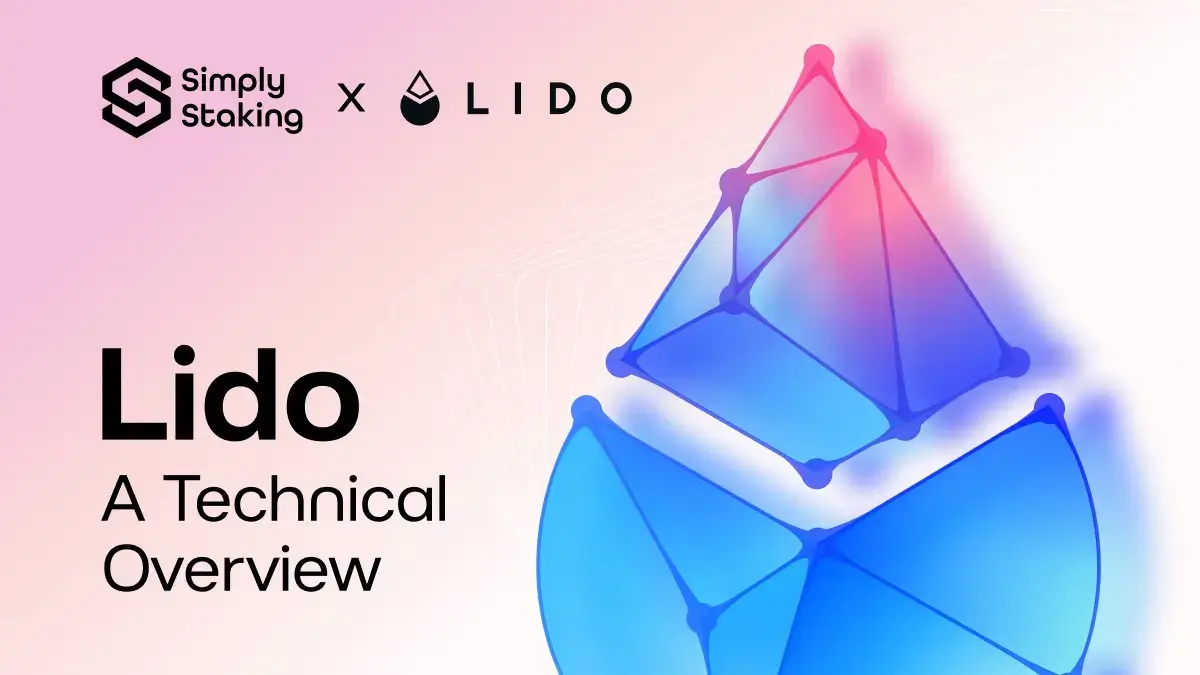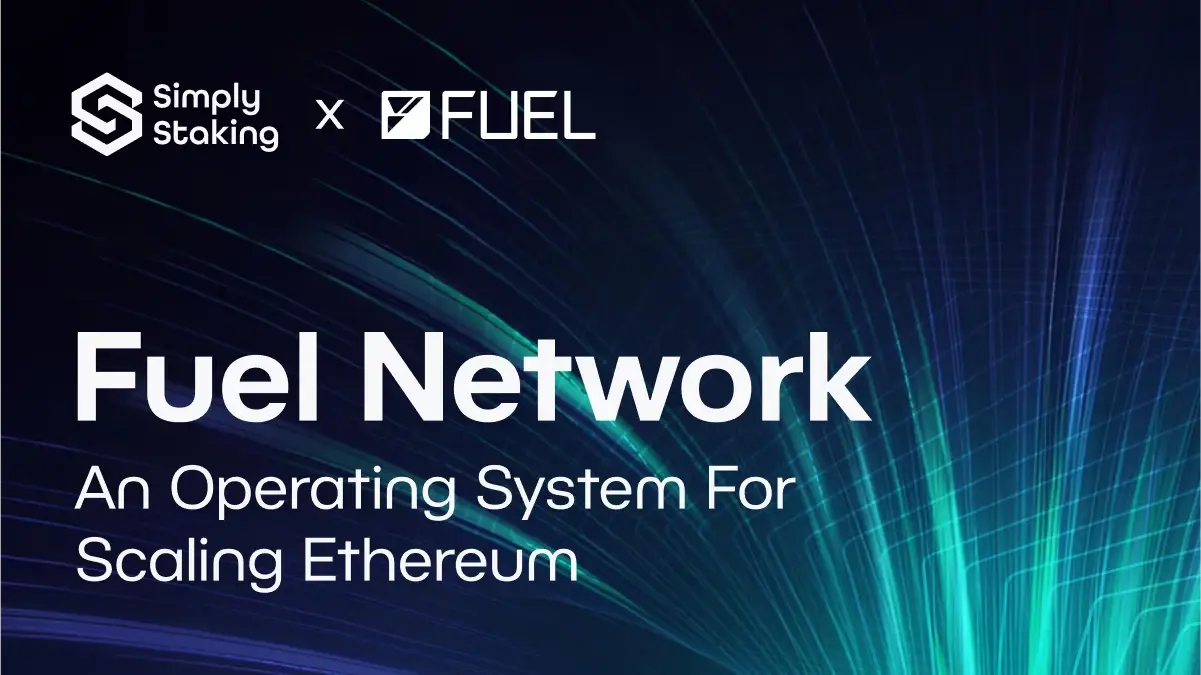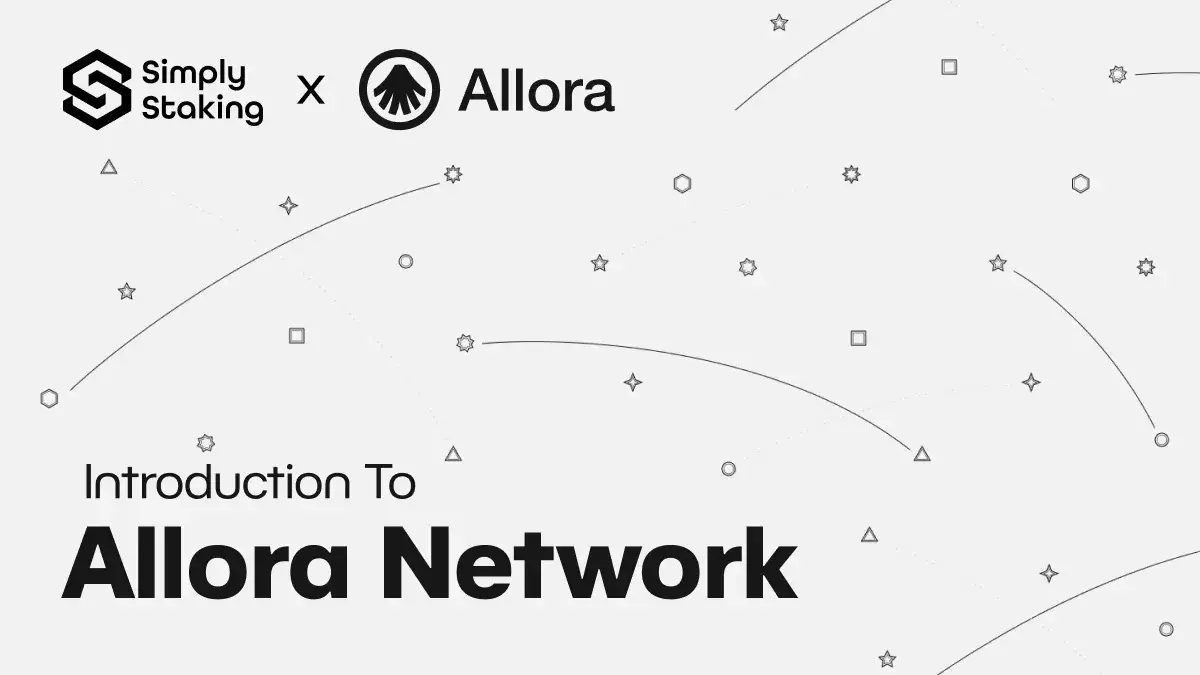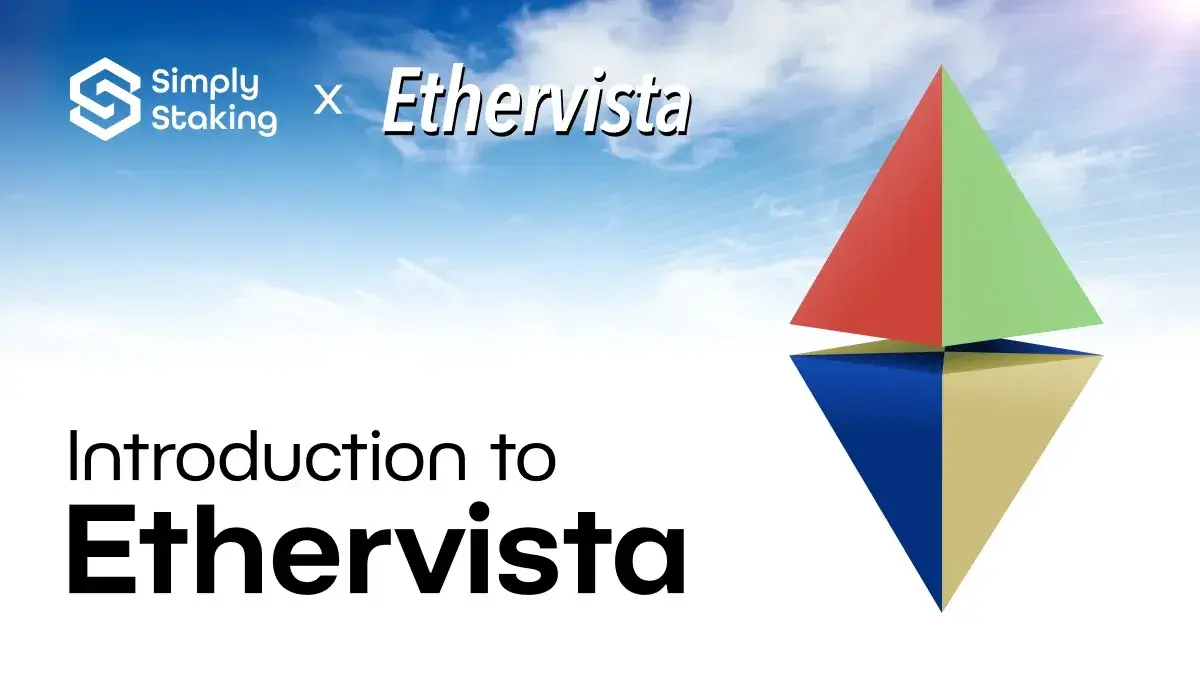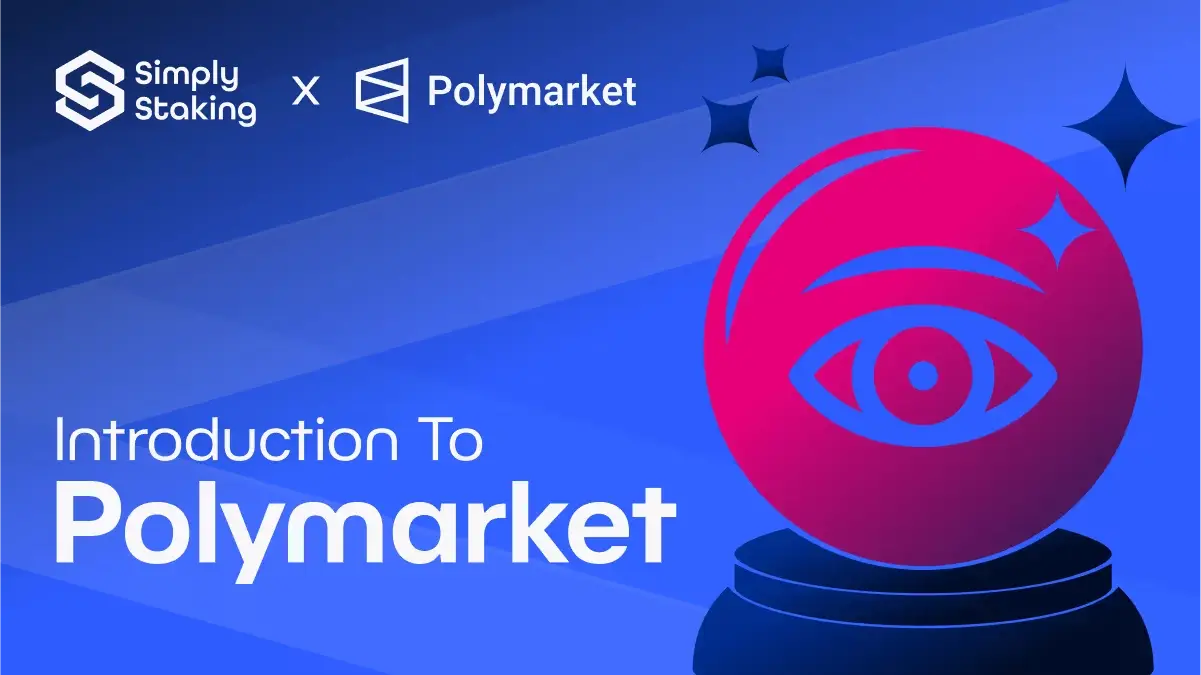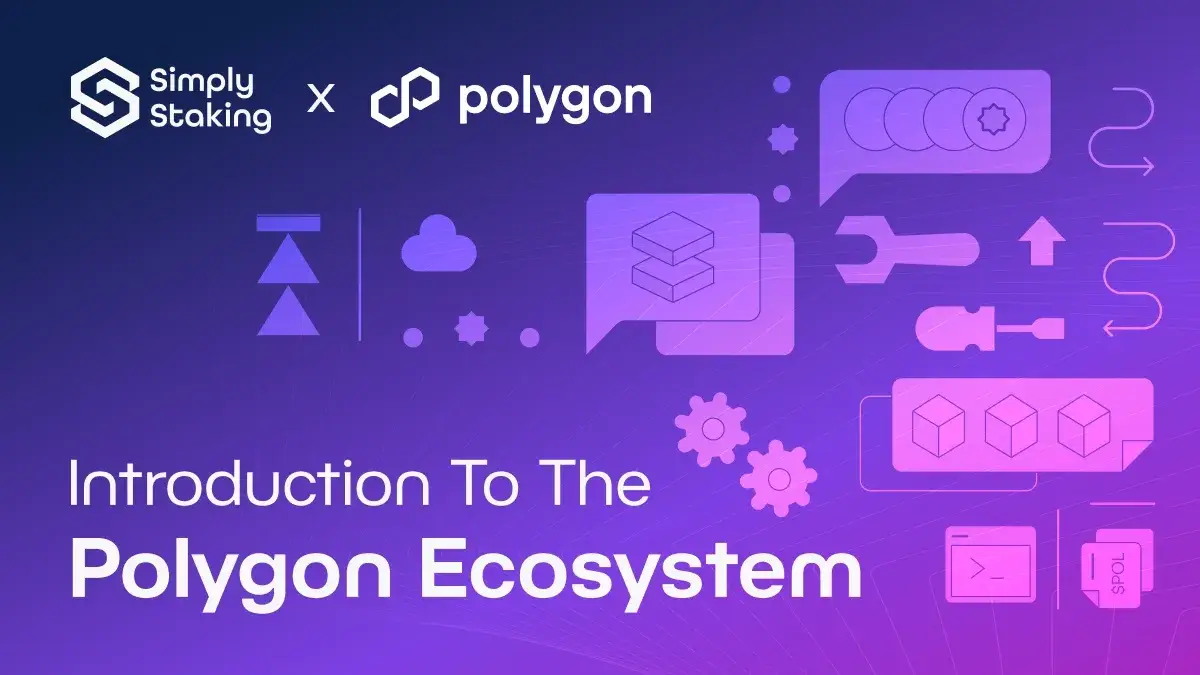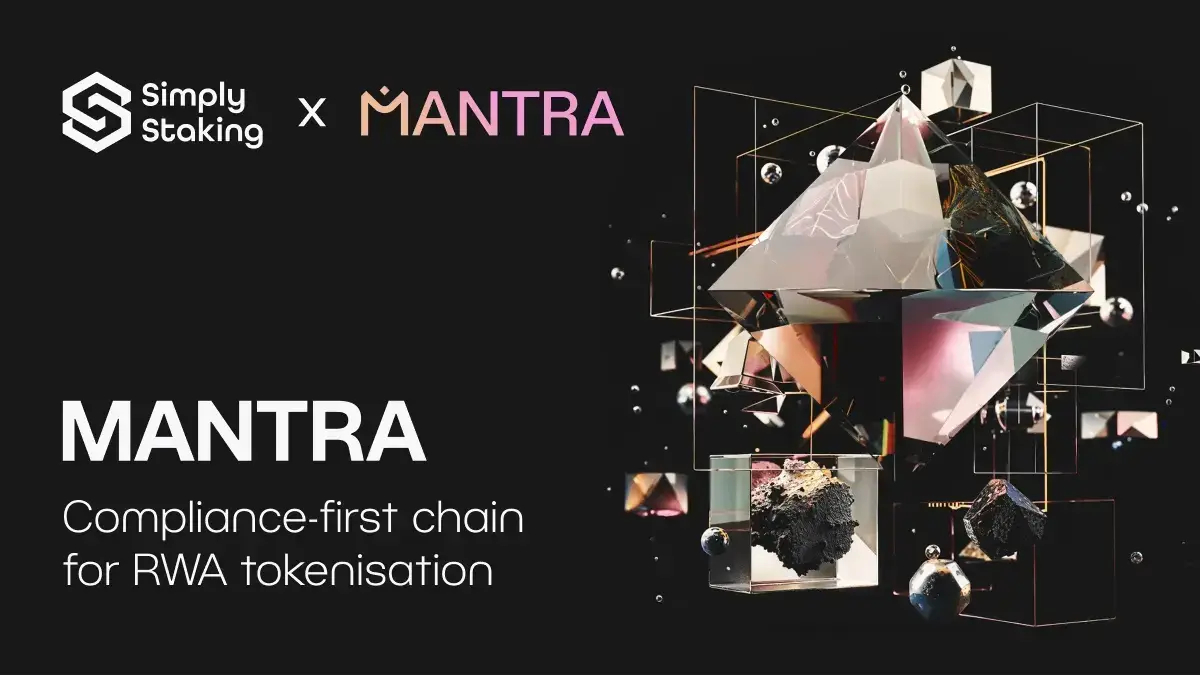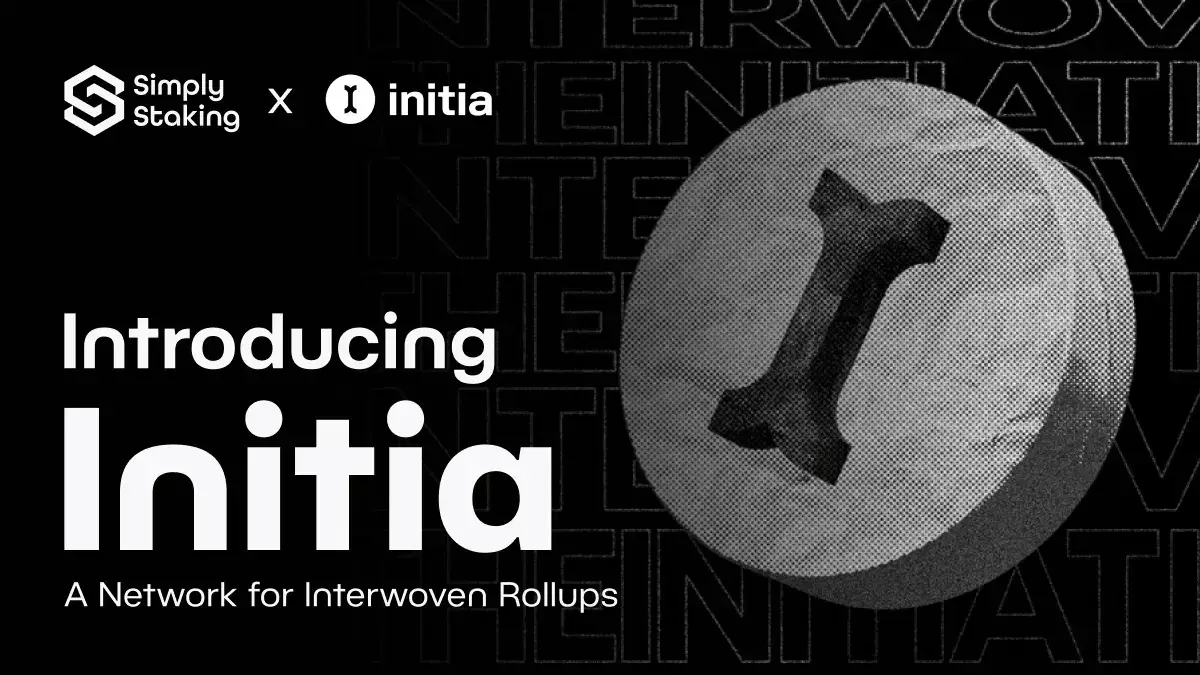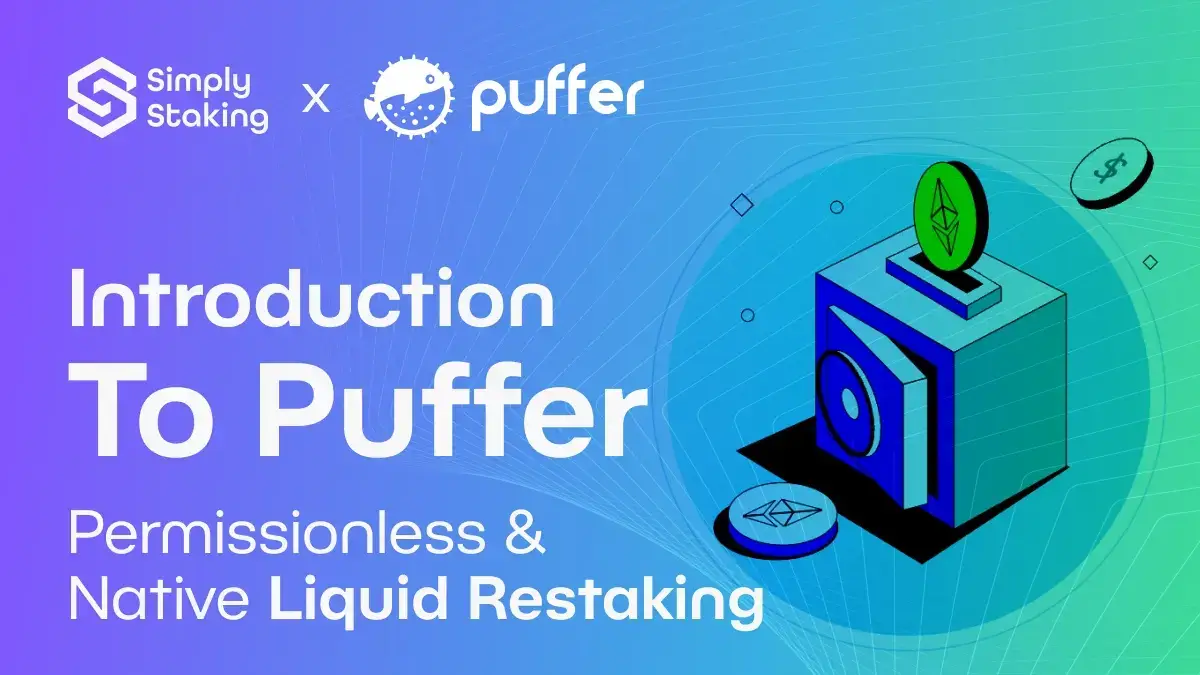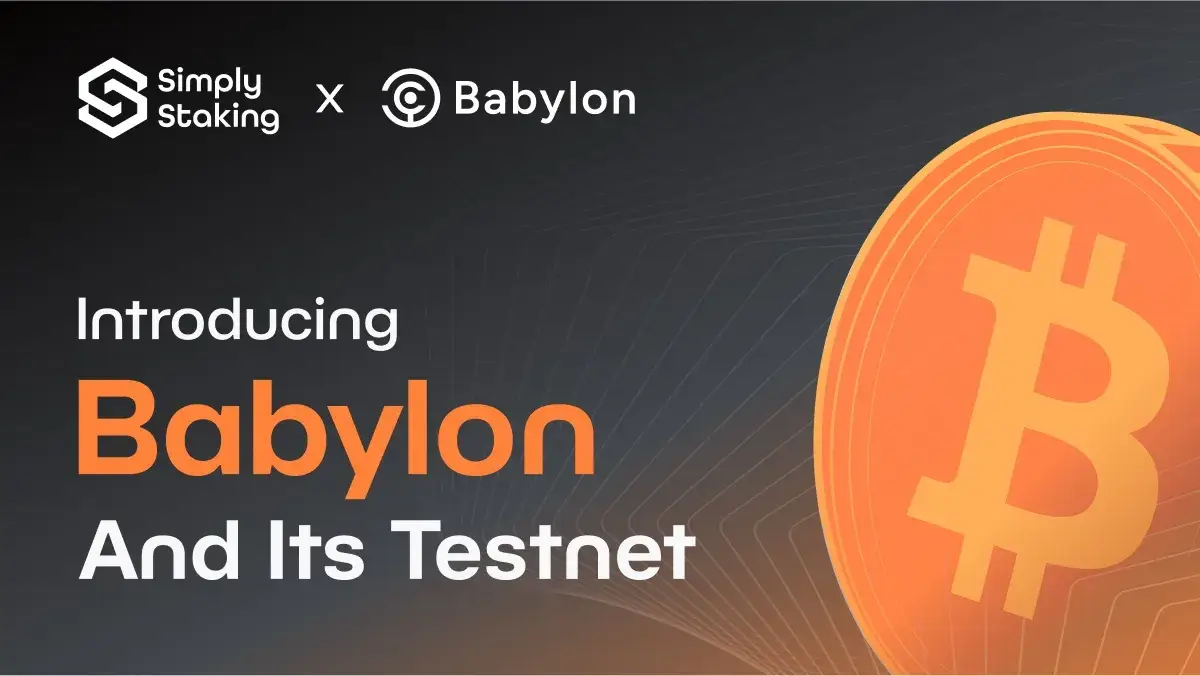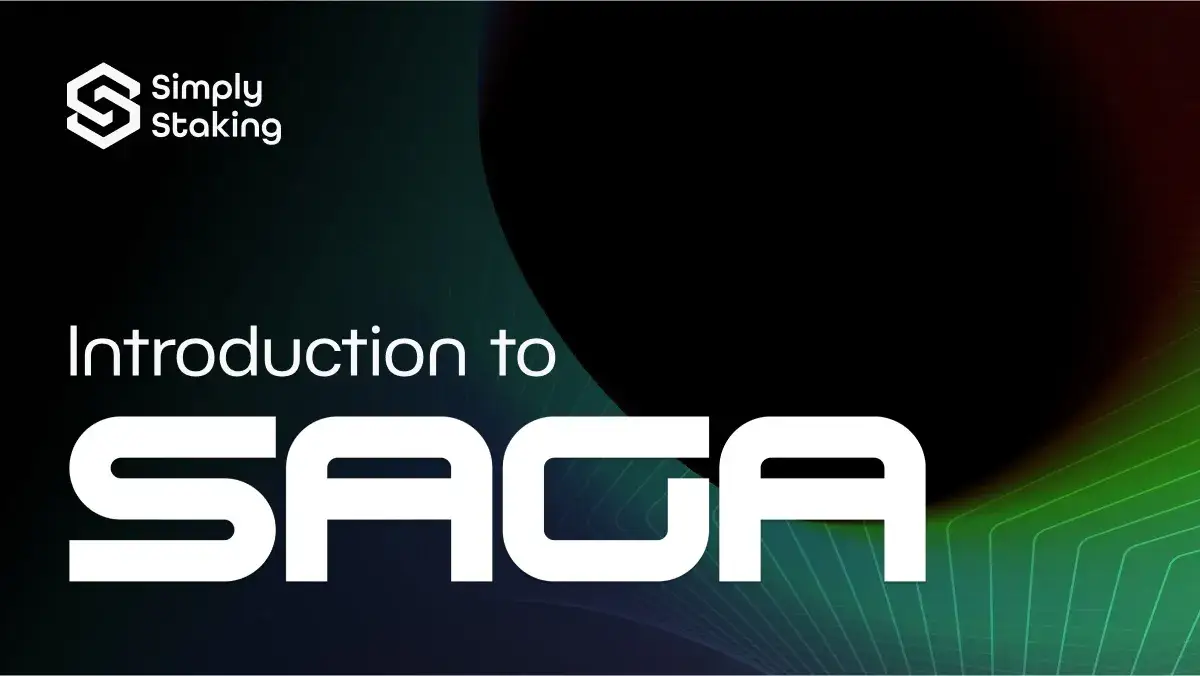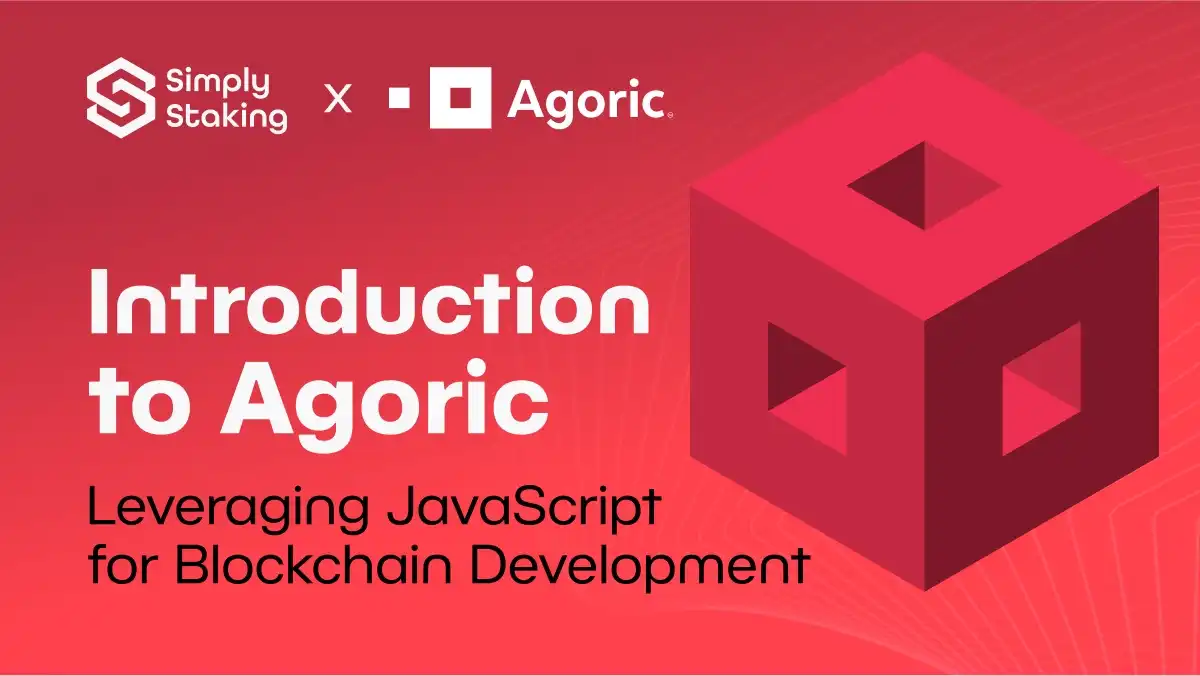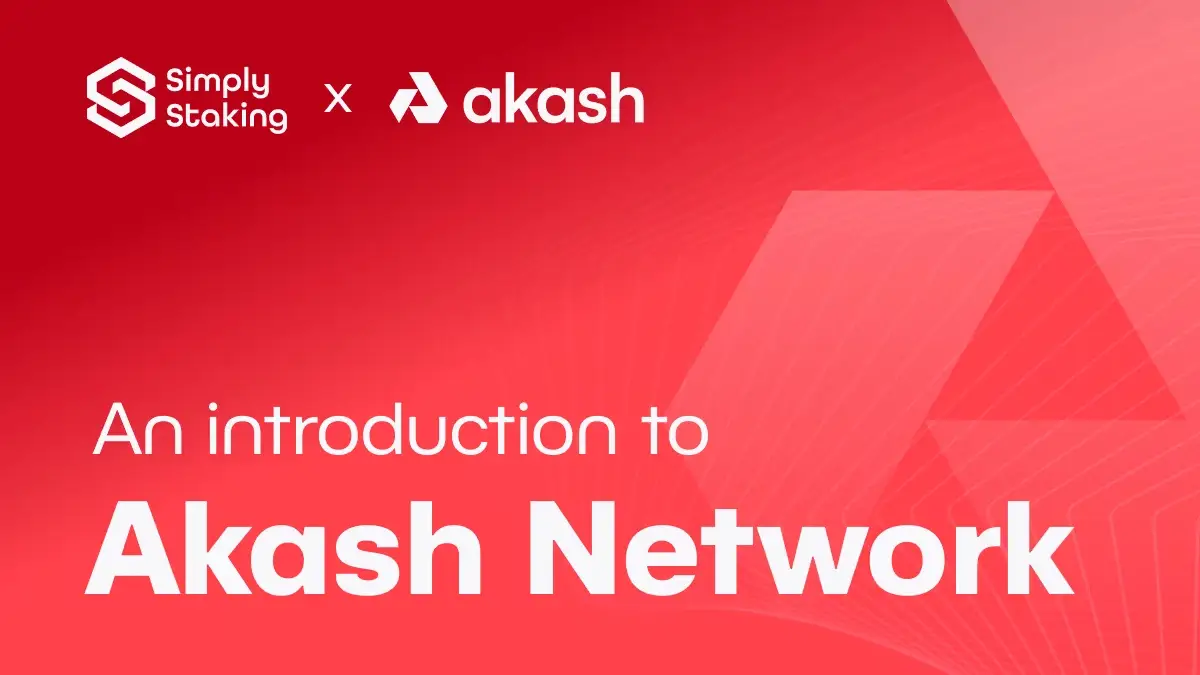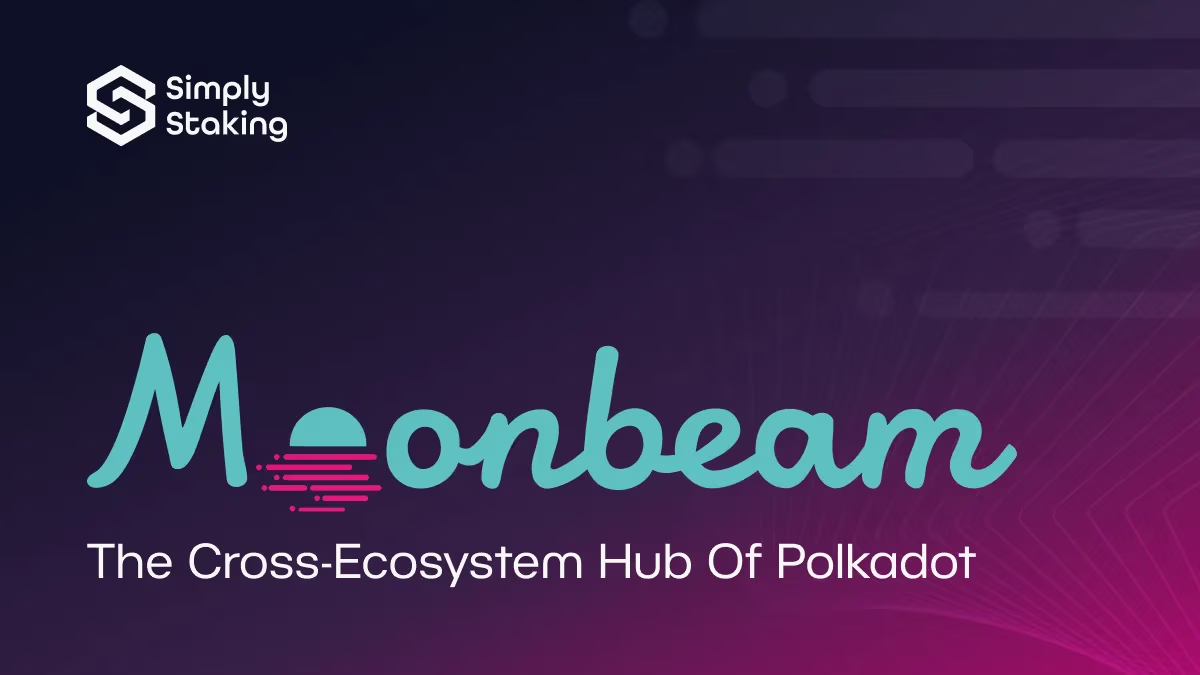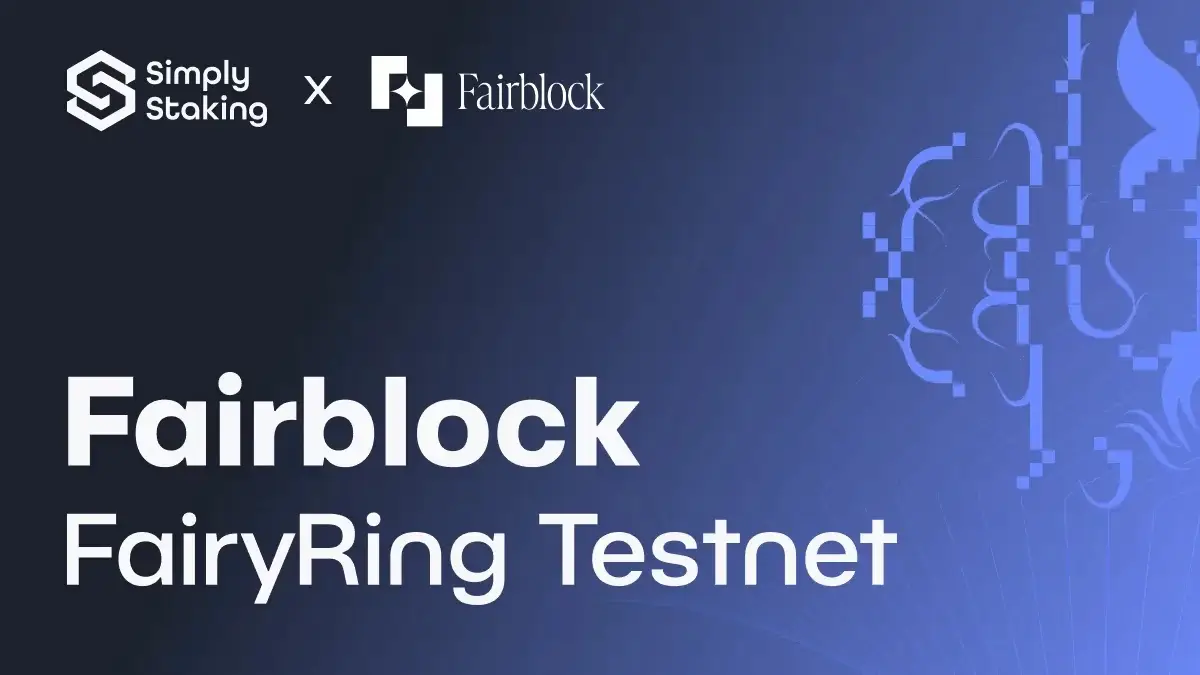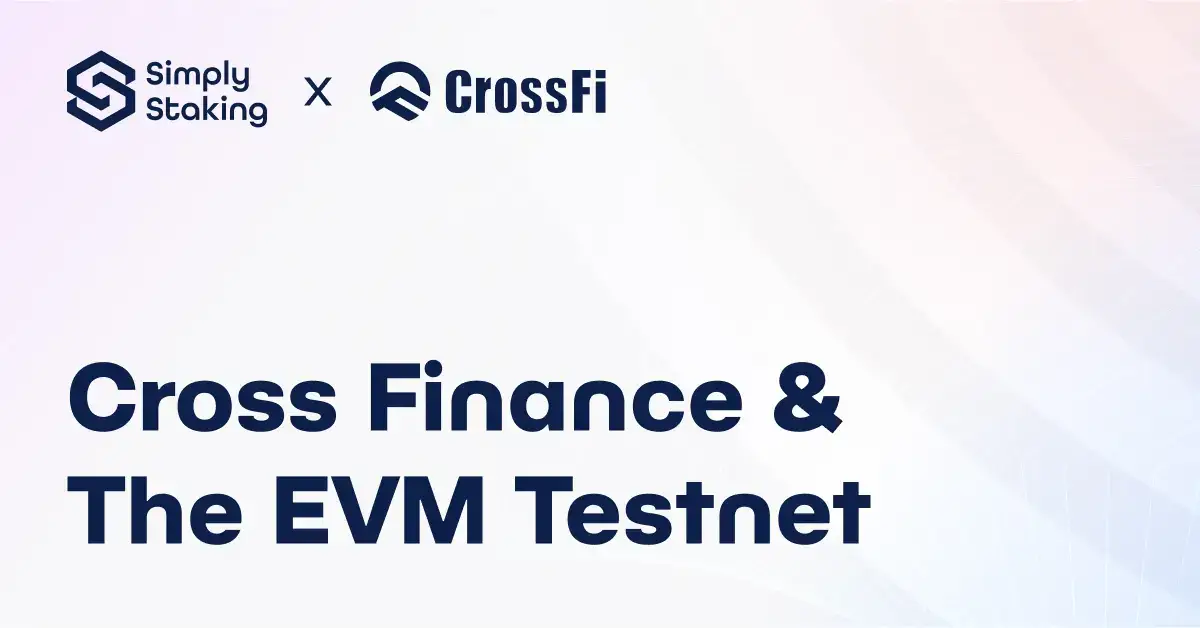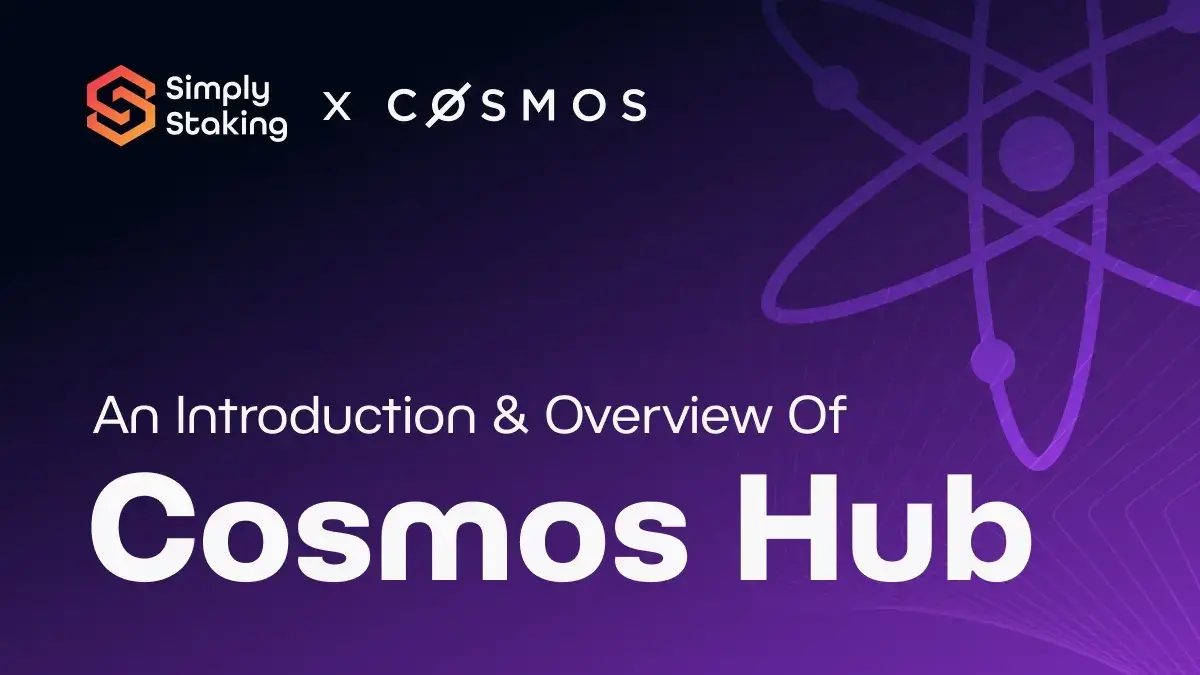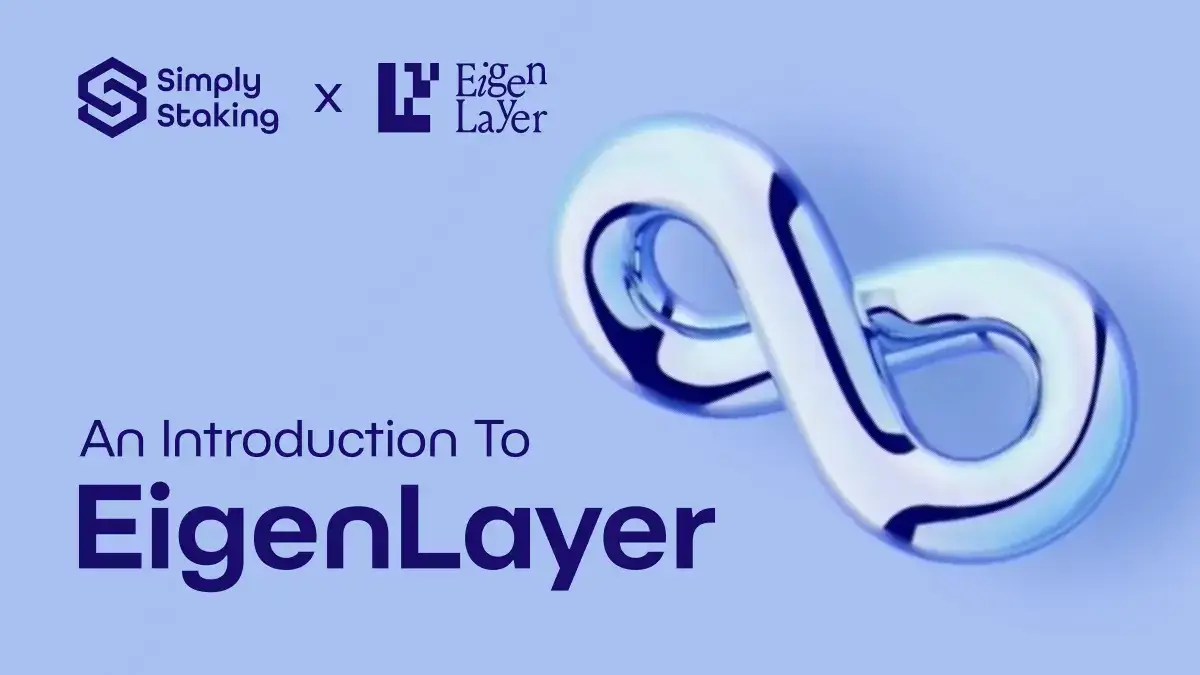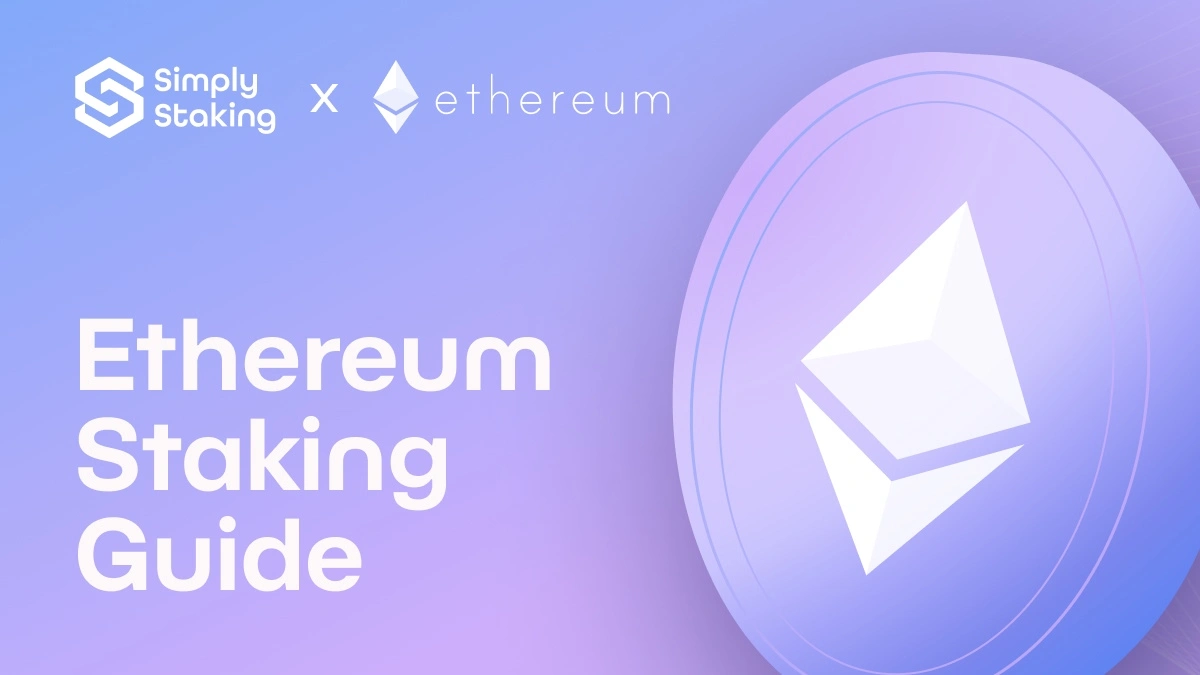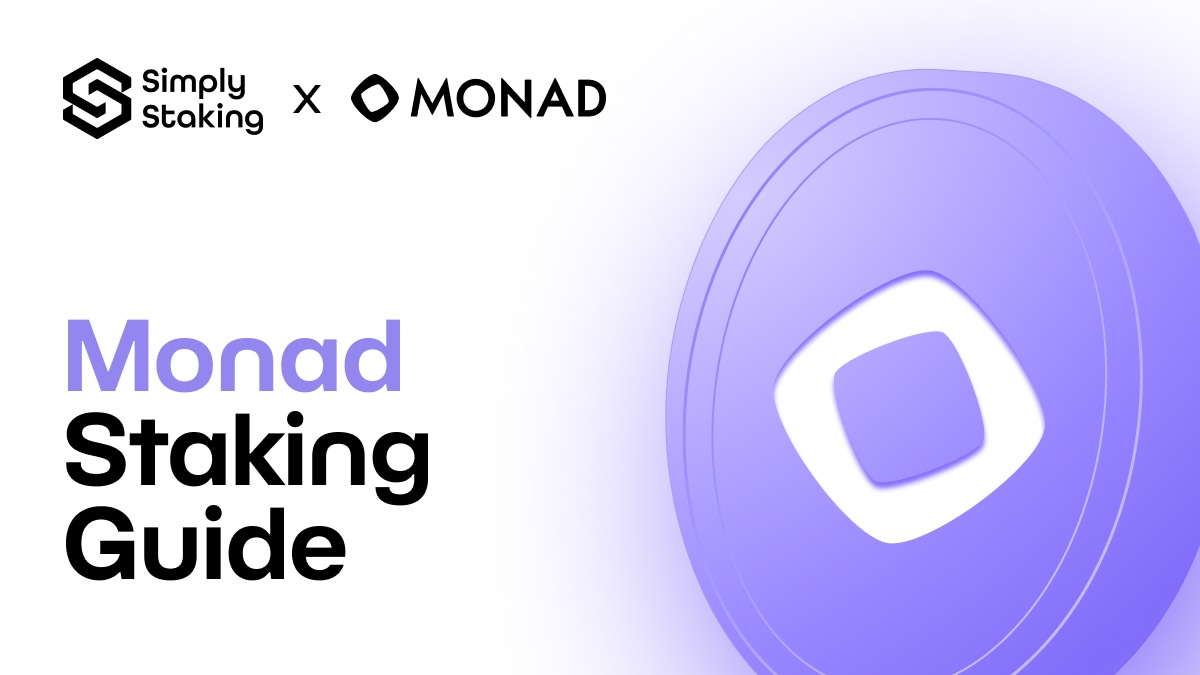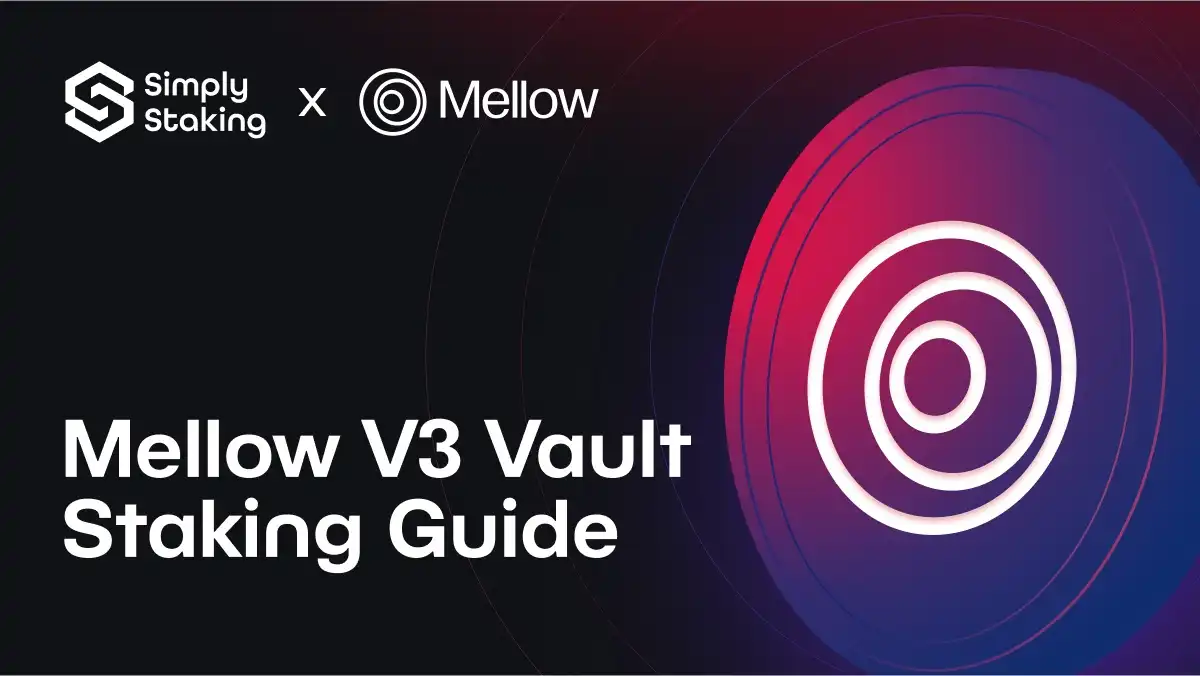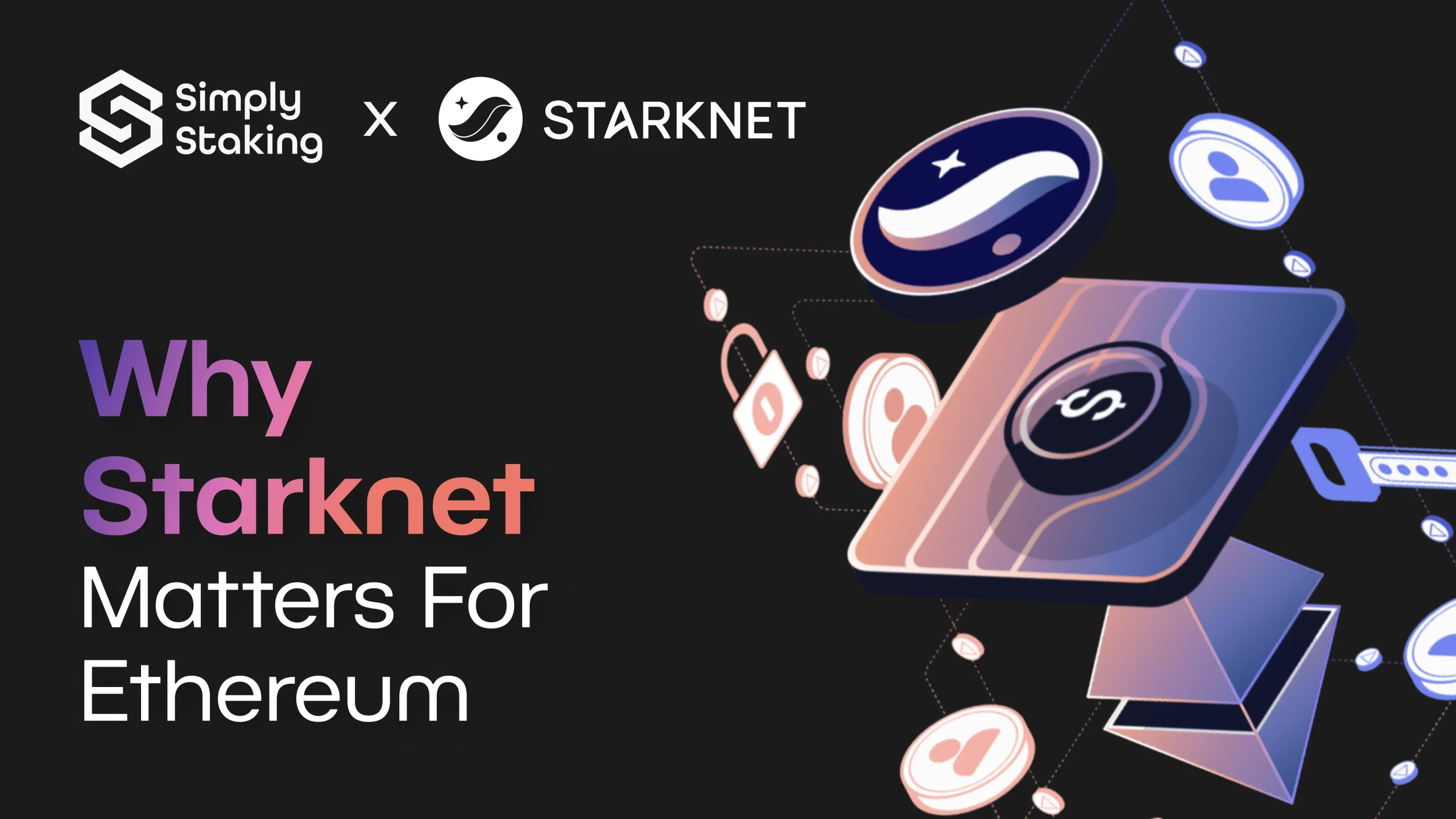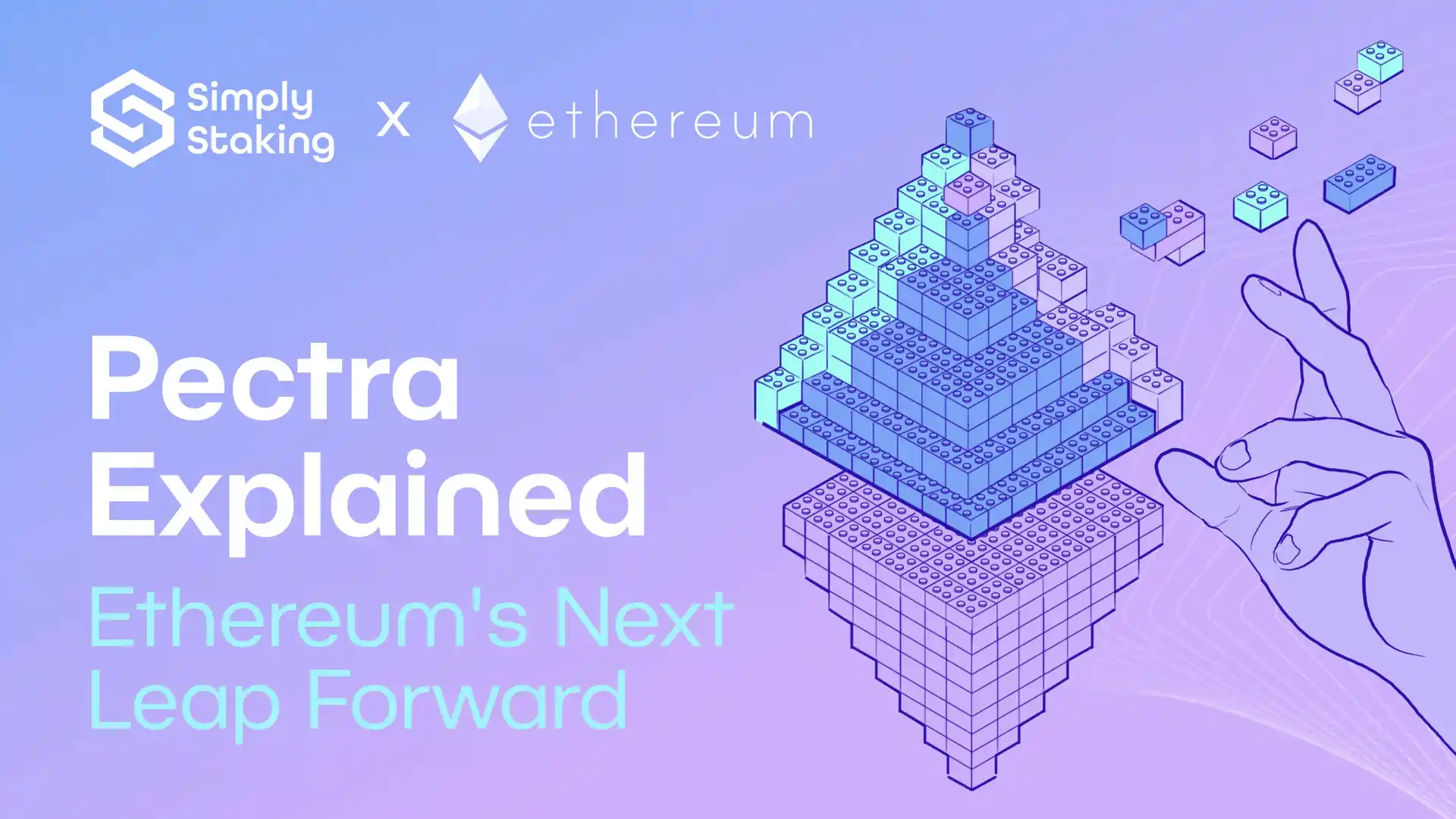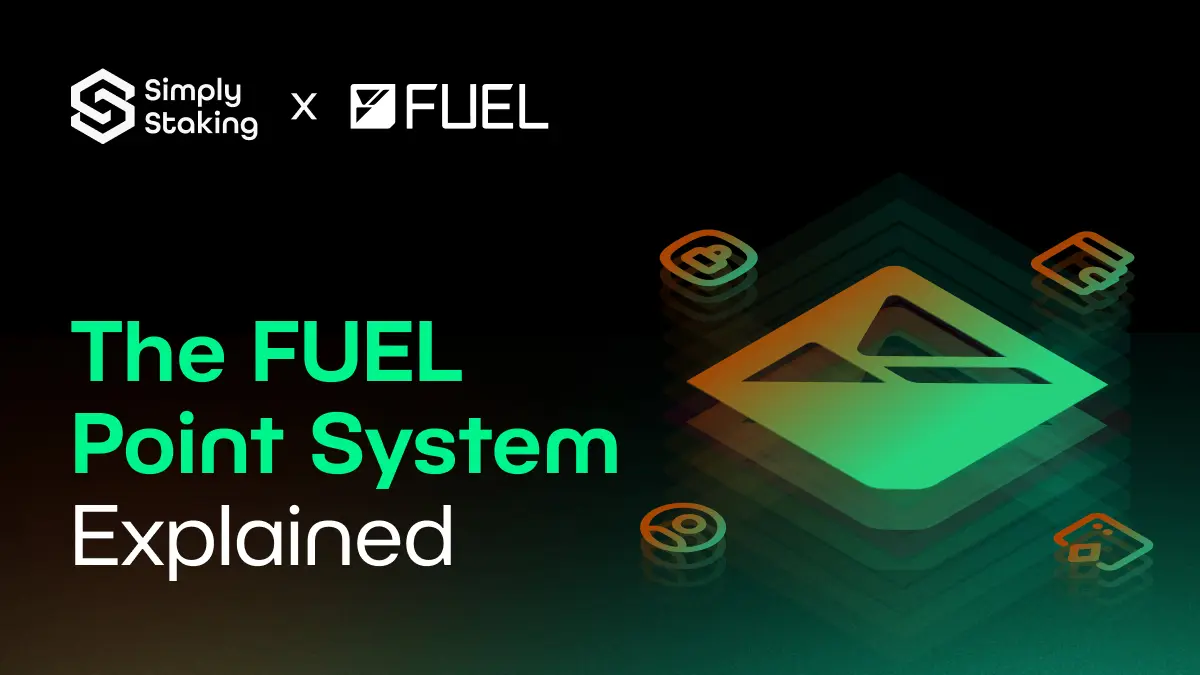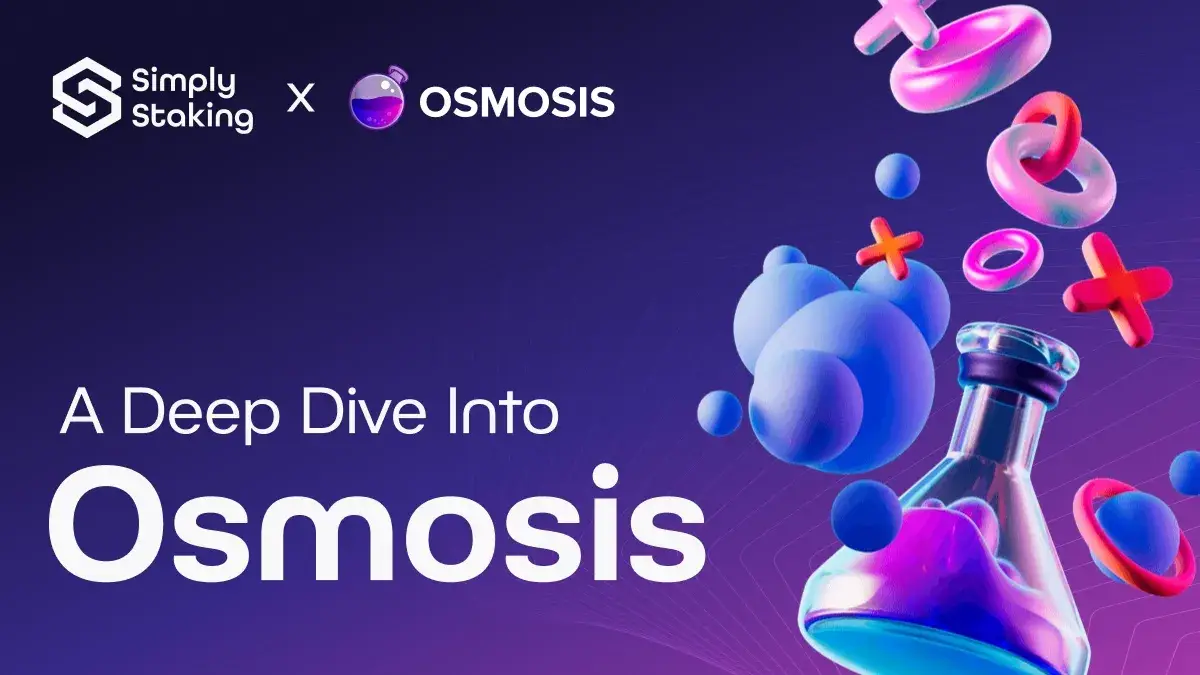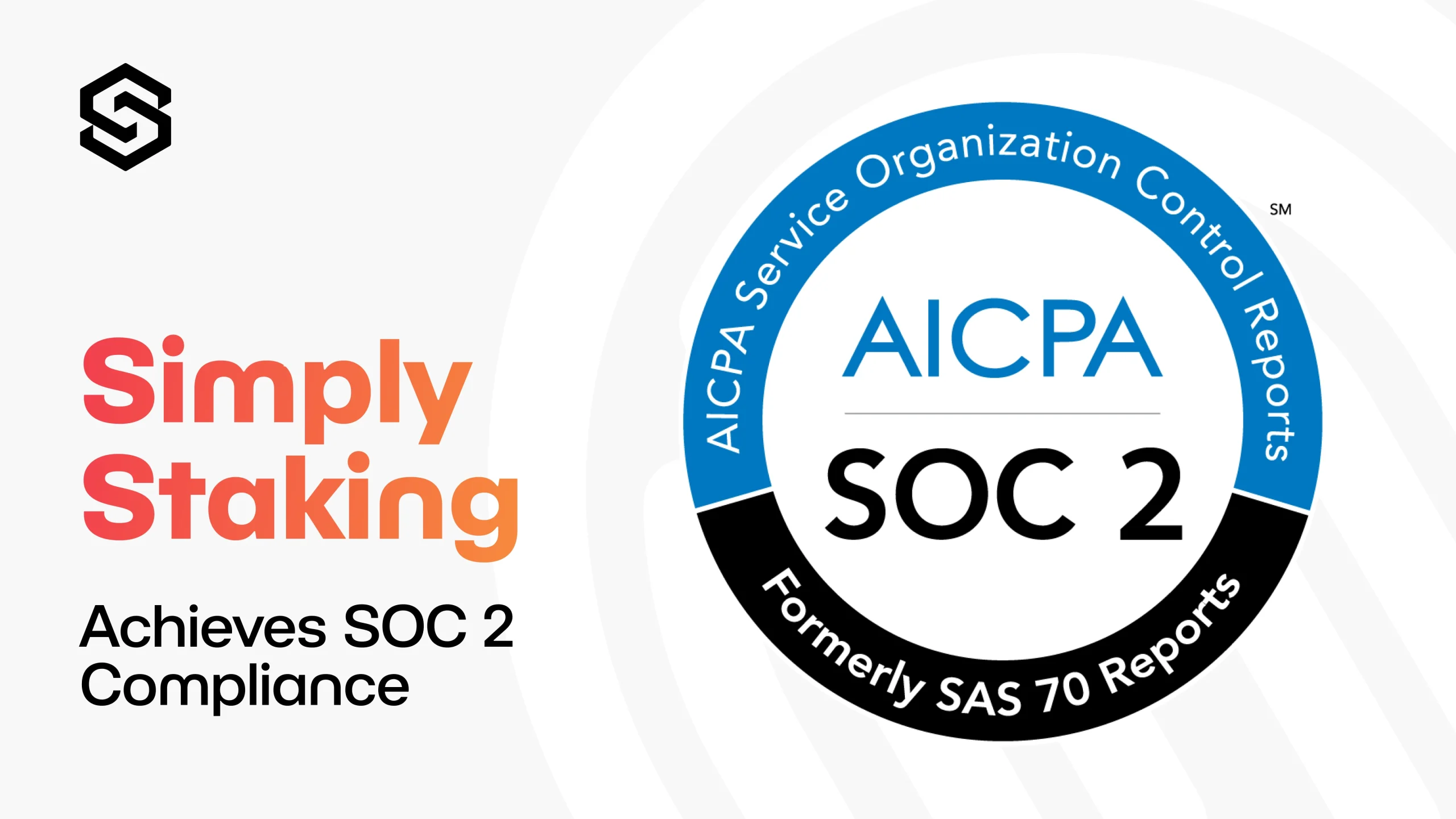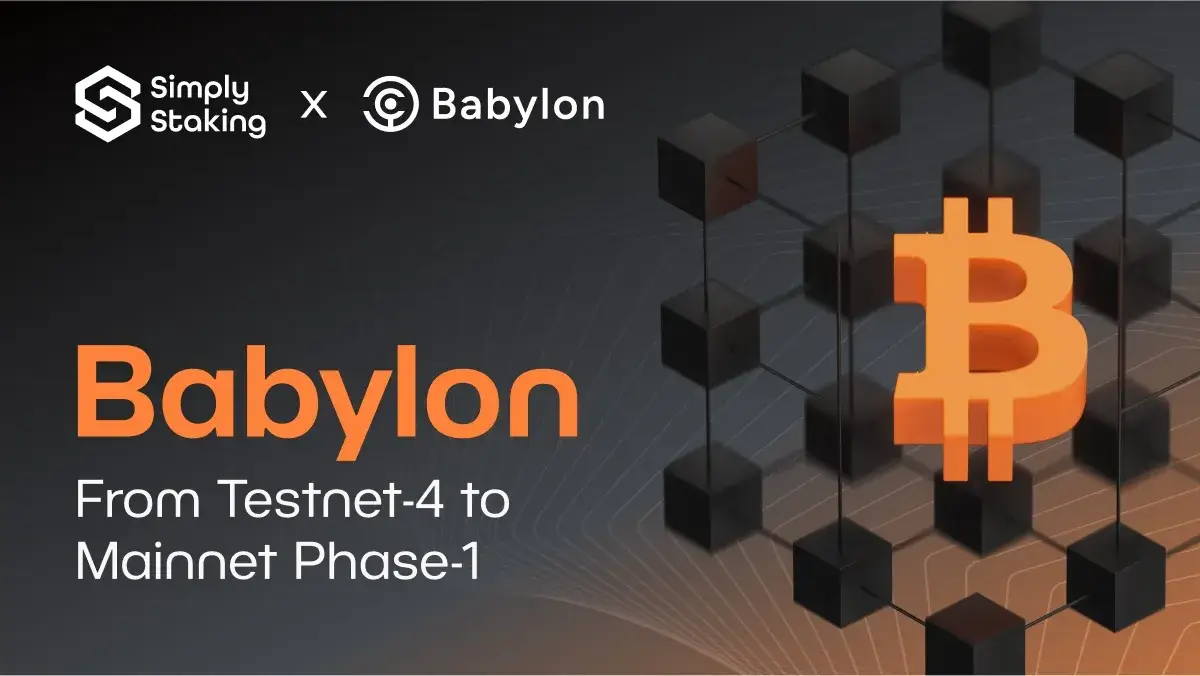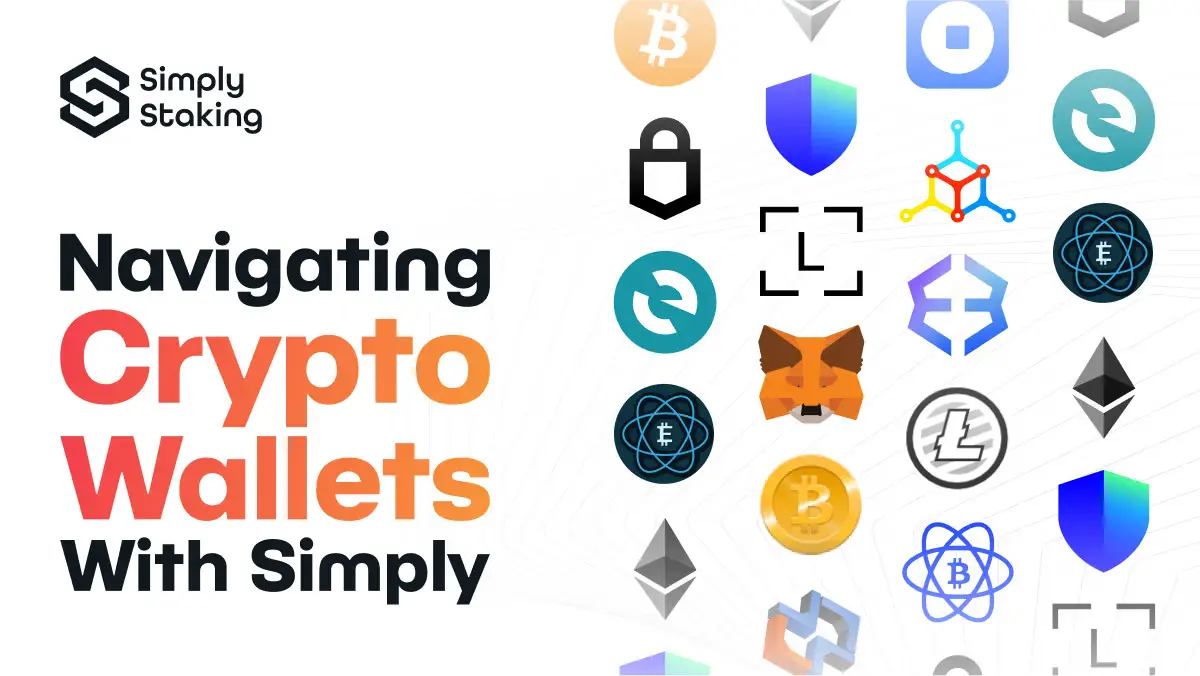Inside the Crypto Vision of the Optimism Collective
Imagine a bustling metropolitan city – alive, busy, and constantly expanding – but with only a single motorway. As the city grows and more people move in, the limited road system becomes unsustainable, leading to constant traffic jams. Similarly, Ethereum’s base layer functions like a single motorway for all crypto activity. Each transaction competes for limited block space, just as cars in the city struggle for room on the congested road.
This lack of space on Ethereum’s Layer 1 creates an expensive bidding war, where users must pay higher fees to have their activity prioritised by validators. As a result, Ethereum transactions become less accessible for everyday crypto users and developers, pricing out many who want to participate in the ecosystem.
Introcuding Optimism! Optimism is a L2 that acts as an express lane built alongside Ethereum’s main motorway. Instead of processing each transaction individually on the base layer, Optimism ensures they are batched up and submitted in a compressed format, then submitted to the L1, where they are ultimately secured on Ethereum. This dramatically reduces congestion while maintaining Ethereum’s security of the Ethereum mainnet, making operations faster and more affordable for users and developers within the Ethereum ecosystem.
Background and Genesis of Optimism
Ethereum’s scalability has been a topic of discussion for many years. In 2017, Vitalik Buterin and Joseph Poon published a paper titled “Plasma: Scalable Autonomous Smart Contracts,” proposing “child” chains that could operate independently while periodically anchoring to the main Ethereum chain. While innovative, Plasma faced challenges, particularly in supporting generalised smart contracts and ensuring swift finality.
By June 2019, the Ethereum community recognised that rollup designs could be integrated with optimistic models from Plasma, leading to the conceptualisation of Optimistic Rollups. These rollups scale Ethereum by processing activity off-chain and only posting a summary on-chain. They assume all operations are valid by default (hence the term “optimistic”) and only check for fraud if someone raises a challenge. This approach reduces congestion on Ethereum, making each transaction faster and cheaper while maintaining Ethereum’s security.
Following the release of Unipig, the first rollup proof of concept in collaboration with Uniswap, Optimism secured $3.5 million in funding from Paradigm to kickstart the project.
Optimistic Rollups: The Core Technology
To fully comprehend how Optimistic Rollups work, let’s break down the technology into two main components.
Mechanism: Aggregating Transactions Off-Chain
For Optimistic Rollups to work, transactions need to be batched off-chain, which reduces the computational load on the Ethereum mainnet, leading to faster and more cost-effective operations. A critical component in this process is the sequencer, which is responsible for providing rapid confirmations and state updates. It constructs and executes Layer 2 blocks while also submitting user data to Ethereum. In simple terms, the sequencer ensures efficient processing before posting finalised results to the Ethereum mainnet.
How do Optimistic Rollups uphold security and integrity? They operate under the premise that all actions are valid unless proven otherwise. This ‘optimistic’ approach allows for swift processing without immediate verification, but users can challenge potentially invalid results by submitting fraud proofs within a designated dispute period. If fraud-proof is successful, the invalid action is reverted, ensuring that only legitimate outcomes are finalised. This mechanism ensures that any incorrect state transitions can be identified and corrected, maintaining overall system trustworthiness.
Now that we have a better understanding of what Optimistic Rollups are, let’s have a quick overview of the OP Stack.
The OP Stack: What Makes Optimism a Scalable Solution
The OP Stack is an open-source, standardised development framework designed to facilitate the deployment of Layer 2 chains on Ethereum, and it serves as the backbone of Optimism, enabling developers to launch their own OP Chains with shared infrastructure and security.
So, what are its key features?
Modular Design: The OP Stack is composed of various software components that define specific layers or modules within the Optimism ecosystem. This modularity allows for flexibility and customisation in building L2 solutions.
Shared Standards: By adhering to common standards, the OP Stack ensures that OP Chains can interoperate seamlessly within the Superchain ecosystem, fostering a cohesive and collaborative environment.
Open-Source Accessibility: Licensed under the MIT License, the OP Stack encourages community engagement and innovation, allowing developers to modify and deploy the stack in configurations that suit their specific needs.
Launching on OP chains with the OP Stack, therefore, comes with several benefits. First of all, OP Chains within the Superchain benefit from collective security measures, reducing individual vulnerabilities and enhancing overall network robustness, while at the same time, chains built using the OP Stack are governed by the Optimism Collective, ensuring adherence to shared standards and principles, and access to grants and airdrops that are dedicated to growing the Optimism ecosystem. Furthermore, the standardised architecture of the OP Stack enables seamless communication and interaction between different OP Chains, facilitating a more integrated and efficient blockchain ecosystem.
Superchain’s Vision: Building a Scalable Crypto Network for the Future

The Superchain is a visionary architecture proposed by Optimism, designed to unify Layer 2 chains – referred to as OP Chains – by integrating shared security, governance, and communication layers. This approach enhances Ethereum’s scalability while preserving its core principles of decentralisation and security.
The Superchain has three primary objectives. First, it facilitates horizontal scalability, allowing multiple OP Chains to operate in parallel. Second, it ensures seamless interoperability, enabling users and developers to interact across chains as effortlessly as they would on a single blockchain. Lastly, it upholds Ethereum’s foundational values of decentralisation and security.
To maintain consistency and security, the Superchain anchors all OP Chains to a shared Layer 1 blockchain, providing a unified source of truth. Standardised security protocols reduce systemic risks while preserving a cohesive security framework. OP chains also benefit from configurable sequencers, offering flexibility in transaction ordering and block production. Additionally, permissionless proof systems enable anyone to validate activity, reinforcing decentralisation and trust across the network.
In essence, the Superchain represents a transformative step in scaling Ethereum, bringing together multiple interoperable OP Chains to build a robust, secure, and decentralised ecosystem. By reducing fees, increasing throughput, enhancing the developer experience, and fostering innovation, it plays a crucial role in Ethereum’s future.
The OP Token Overview: Powering the Optimism Network and Ecosystem
The OP token is integral to Optimism’s ecosystem, serving as both a governance and utility token. It empowers token holders to participate in decision-making processes and supports the funding of public goods within the network. As one of the notable cryptocurrencies, OP currently has a market cap of approximately $1.33 billion, highlighting how Optimism is valued in the crypto space. In fact, OP to USD price at the moment is that of $0.80 at the time of writing. So, what are OP’s key aspects?
First of all, it is important to note that at genesis, the initial token supply was that of 4,294,967,296, which was distributed as follows:
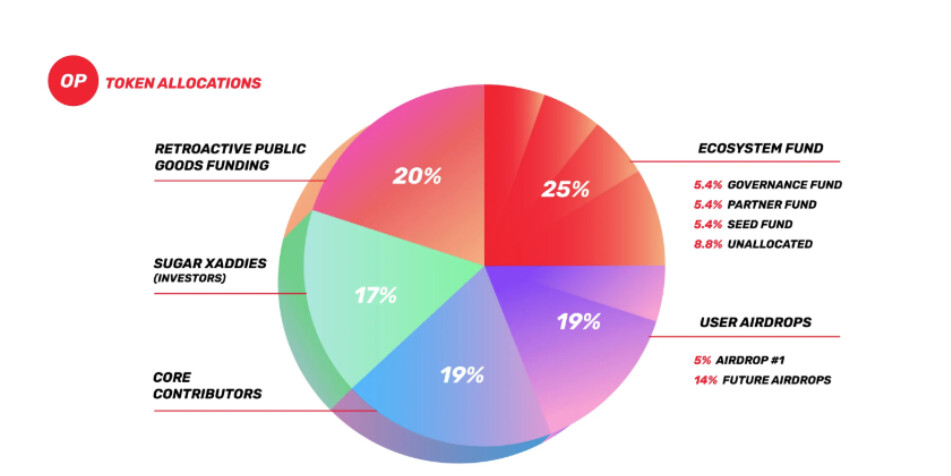
The OP cryptocurrency distribution is designed to foster growth, incentivise participation, and support long-term sustainability. 25% of the total supply was allocated to the Ecosystem Fund, which finances projects and communities building on Optimism. Another 20% was dedicated to Retroactive Public Goods Funding (RetroPGF), rewarding initiatives that support the broader Ethereum and Optimism community. To encourage user engagement, 19% of the digital currency was reserved for airdrops, distributed in multiple waves to active community members who demonstrate meaningful contributions. Additionally, 19% was allocated to Core Contributors. Finally, 17% of the supply of the digital asset was designated for investors (Sugar Xaddies), ensuring strategic backing for the network’s long-term vision.
Holders of the token can engage in crypto governance through a two-house system. In this system, network parameters for reward distribution are managed collectively, while the allocation of Retroactive Public Goods Funding (RetroPGF) is determined by a set of Citizens with local knowledge and direct involvement. As participation grows, the demand for OP increases, reinforcing its role in the Optimism ecosystem.
Recent Developments and Integrations

Optimism continues to expand with major integrations and developments. Soneium, a Layer 2 chain built with the OP Stack by Sony Block Solutions Labs, aims to revolutionise entertainment, gaming, and finance by bridging Web2 and Web3. Its upcoming testnet will offer developers a realistic environment for building and deploying applications. A major announcement that was made during On-chain Summit 2023 was the announcement of Redstone, a Plasma-inspired Layer 2 by Lattice, designed specifically for on-chain games and high-performance applications. Additionally, Base, the L2 network incubated by Coinbase, continues to grow as a key OP Chain within the Superchain, leveraging Optimism’s infrastructure to provide a scalable and developer-friendly environment. We highly encourage you to learn more about Base by having a look at our recently published article titled “Introduction to Base”.
Looking ahead, Optimism is driving Superchain expansion, enhancing Ethereum’s scalability through horizontal scaling solutions and interoperable OP Chains. Upcoming features include low-latency L2-to-L2 messaging and synchronous cross-chain transactions, streamlining the user experience. Governance remains central, with the Optimism Collective ensuring decentralised decision-making and funding for public goods. As the space evolves, Optimism, alongside key partners like Base, remains committed to scalability, interoperability, and fostering open-source innovation, solidifying its role in Ethereum’s future.
Conclusion
Optimism is playing an important and pivotal role in scaling Ethereum by offering innovative solutions like the OP Stack and the SuperChain. The project’s collective approach, as seen in its partnerships with various projects, positions it as a key contributor to Ethereum’s future, driving the development of a more scalable and interconnected blockchain network. We encourage you to explore Optimism today, and if you enjoyed this content and to receive the latest insights on staking, Layer 2 solutions, and blockchain innovation, follow Simply Staking on X!
Additional Resources:
Optimism Docs: https://docs.optimism.io/
Optimism Blog: https://optimism.mirror.xyz
Tokenomics: https://community.optimism.io/op-token/op-token-overview


